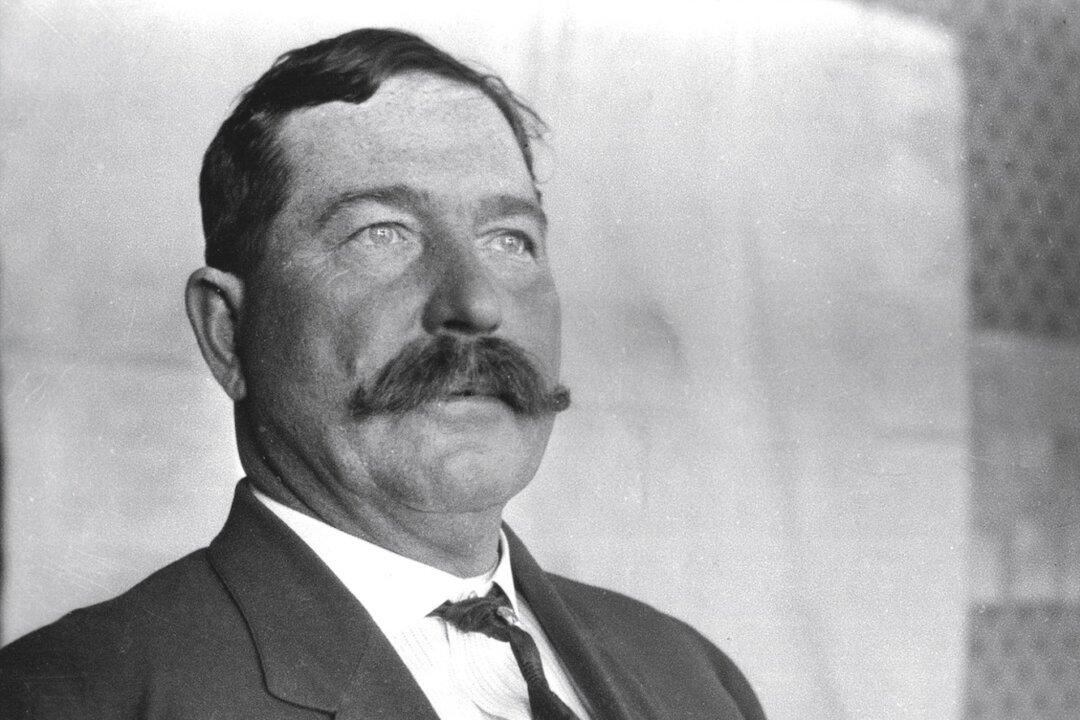America has always drawn much of its strength from the diversity of its population. As Abraham Lincoln said, America was the “last best hope,” especially so for immigrants, many of whom had escaped from repressive regimes or were looking for new opportunities. And America provided that fresh start for countless immigrants, including a young man from Denmark, Christen Madsen Rormose.
Rormose had gotten off to a bad start. By the time he was in his early 20s, he had served five sentences in the Copenhagen prison, between 1869 and 1874, for convictions of begging, vagrancy, fraud, and forgery. While prison records reveal him to be perceived as intelligent, he was also “a cold, artful scoundrel who evidently had no intention of changing his ways,” according to his biographer Nancy B. Samuelson. Denmark had given up on Rormose as a habitual offender and deported him to America. Deportation was a common practice in several European countries in the late 1800s. The Danish government paid his passage to the United States. This was a turning point in the young man’s life.

